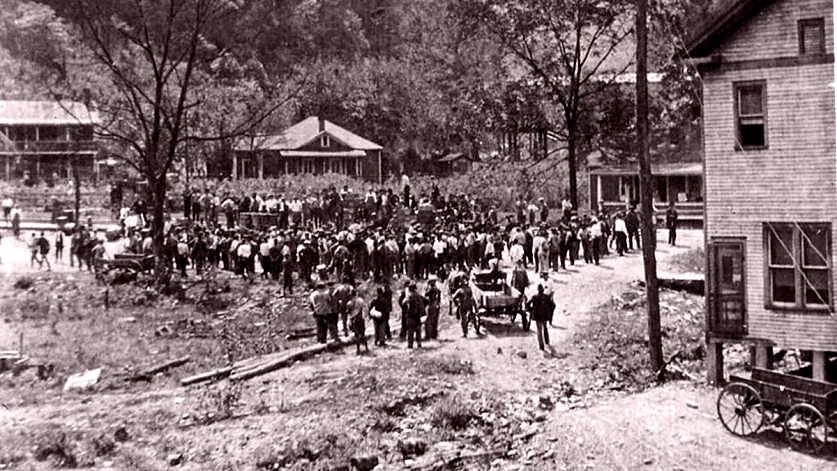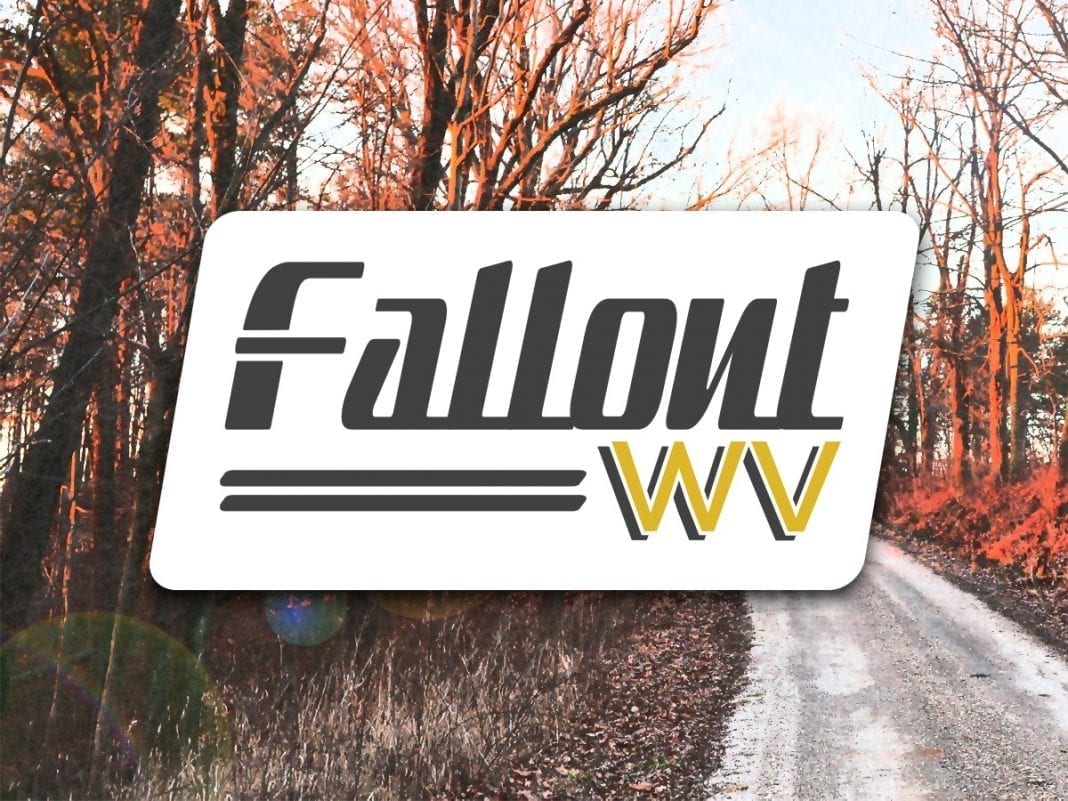
Blair Mountain, the site of the largest labor uprising in U.S. history, has been added again to the National Register of Historic Places, according to officials with the Department of Interior who called its removal from the register nearly a decade ago "erroneous."
Fought for five days in August 1921, the Battle of Blair Mountain saw some 10,000 armed coal miners confront more than 3,000 lawmen and strikebreakers backed by mine operators attempting the deter unionization in the southwestern West Virginia coalfields.
In 2006, the National Trust for Historic Preservation included the site on its list of “America’s 11 Most Endangered Historic Places,” a designation based on its historic value and the threat of destruction by property owners who might mine the land for coal.
In 2009, the 1,669-acre battlefield, was added to the register, though coal companies sued state officials who supported the listing and appealed the federal decision, after which the site was delisted.
In 2016, a federal judge declared that the removal was wrong in as much as federal officials had not verified the list of landowners they claimed took issue with the designation.
In her decision, released Friday, Joy Beasley, the Keeper of the National Register, called the removal "erroneous" and said the majority of landowners that officials had cited hadn't objected to its inclusion on the register at all.
Some environmental and historic-preservation groups hope its designation on the National Register protects the site from surface mining.
A spokesman for the W.Va. Department of Environmental Protection said the agency is reviewing the decision, according to a report from W.Va. Public Broadcasting.
In a statement provided to the broadcasting authority, Regina Hendrix, of the state chapter of the Sierra Club, called the victory "the culmination of a 12-year saga that took many legal twists and turns along the way in our efforts to save this part of West Virginia’s history."
Sign up to receive a FREE copy of West Virginia Explorer Magazine in your email weekly. Sign me up!

